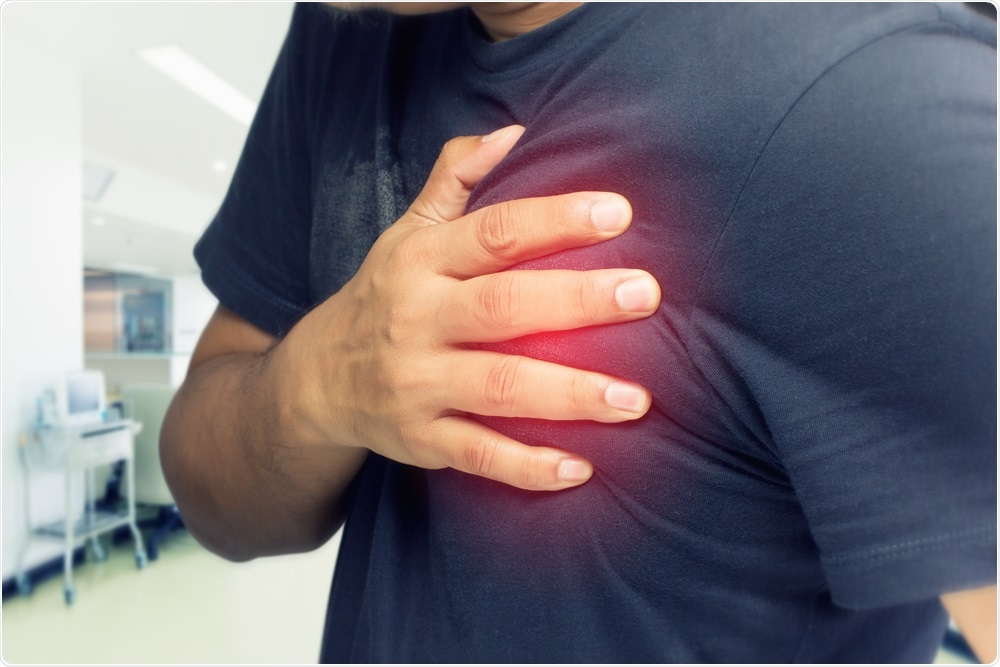A team of researchers from the Shanghai Institute of Nutrition and Health (SINH) of the Chinese Academy of Sciences and from Sun Yat-sen University has recently reported a perspective article relating to human pluripotent stem cell-derived cardiomyocytes in the modeling and repair of heart disease.

Image Credit: Monster e/Shutterstock.com
The study was published in the Stem Cells Translational Medicine journal on July 29th, 2020.
The team was headed by Dr YANG Huangtian and Dr CAO Nan from the SINH of the Chinese Academy of Sciences and Sun Yat-sen University, respectively.
Heart diseases include a wide range of medical disorders that extend from heritable cardiomyopathies to myocardial infarction, and heart failure is the main cause of mortality and morbidity.
Cell therapy is one of the most prominent alternative therapeutic methods for heart diseases. This treatment involves the transplantation of human pluripotent stem cells (hPSCs)-derived cardiac lineage cells.
In this context, hPSCs, such as induced pluripotent stem cells (hiPSCs) and embryonic stem cells (hESCs), are capable of differentiating into cardiac lineage cells.
Moreover, preclinical studies performed by Dr YANG Huangtian’s research group from SINH demonstrated that hPSC-derived cardiac lineage cells can differentiate into functional cells to substitute lost cells following myocardial infarction.
In the meantime, transplantation of hPSC-derived cardiac lineage cells played a role in infarct healing by triggering endogenous cardiac repair mechanisms. Moreover, preliminary clinical trials did not detect any arrhythmia and tumorigenesis in patients suffering from severe ischemic heart failure.
Thus, hPSC-based disease modeling has provided a better understanding of the genetic and/or molecular basis of several cardiac diseases and has also determined cellular phenotypes that define heart diseases, demonstrating immense potential in the phenotypic method of drug discovery.
While results are promising, many obstacles, like cell type, quality control, maturity, immune rejection, residence, and arrhythmia caused by cell transplantation have to be resolved before moving toward clinical use.
Source:
Journal reference:
Li, Q., et al. (2020) Perspective on human pluripotent stem cell-derived cardiomyocytes in heart disease modeling and repair. Stem Cells Translational Medicine. doi.org/10.1002/sctm.19-0340.